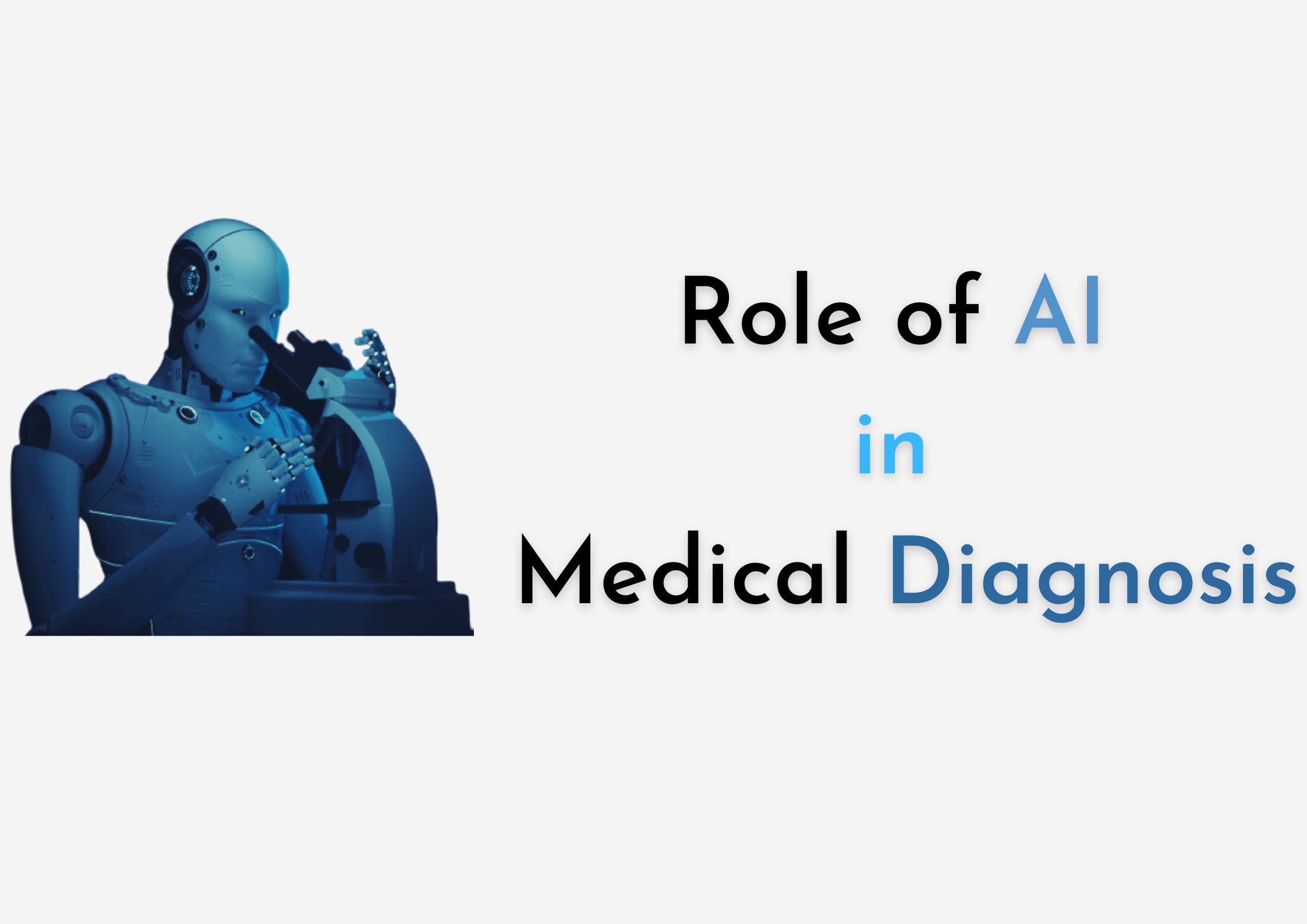
AI’s Breakthrough in Medical Diagnosis: Unveiling Hidden Patterns in Medical ImagesAI’s Breakthrough in Medical Diagnosis: Unveiling Hidden Patterns in Medical Images In the realm of healthcare, artificial intelligence (AI) is revolutionizing the way we diagnose and treat diseases. One of the most promising advancements lies in its ability to analyze medical images, such as X-rays, CT scans, and MRIs, with unparalleled precision. AI-powered algorithms can process vast amounts of medical data, identify subtle patterns, and make accurate diagnoses even in cases where human experts struggle. This breakthrough has the potential to improve patient outcomes, reduce diagnostic errors, and streamline healthcare processes. Pattern Recognition and Disease Detection AI systems are trained on massive datasets of medical images, allowing them to learn complex patterns associated with different diseases. By identifying these patterns, AI algorithms can: * Detect early signs of diseases that may be missed by the human eye * Differentiate between benign and malignant tumors * Identify rare or complex conditions that traditional methods often overlook Enhanced Accuracy and Reliability AI algorithms have been shown to achieve diagnostic accuracy on par with, or even exceeding, that of experienced radiologists. This enhanced accuracy reduces the likelihood of misdiagnoses and ensures a more reliable interpretation of medical images. Time Savings and Efficiency AI systems can process medical images much faster than humans, freeing up radiologists’ time to focus on more complex cases or patient interactions. This efficiency improvement reduces diagnostic delays and improves patient satisfaction. Access to Expert Care AI algorithms can also provide remote access to expert medical knowledge. By deploying AI-powered diagnostic tools in rural or underserved areas, healthcare providers can offer high-quality medical care to patients who may not have access to specialized specialists. Personalized Treatment Plans By analyzing individual patient data and medical images, AI can help tailor treatment plans to the specific needs of each patient. This personalized approach can improve treatment outcomes and minimize the risk of unnecessary interventions. Conclusion AI’s breakthrough in medical diagnosis through the analysis of medical images is transforming healthcare. By unveiling hidden patterns and providing enhanced accuracy, AI algorithms are empowering healthcare professionals to make more informed decisions, improve patient outcomes, and optimize healthcare processes. As AI continues to evolve, its role in medical diagnosis will only continue to grow, leading to a future where technology and human expertise work together to ensure the best possible patient care.
Posted inNews